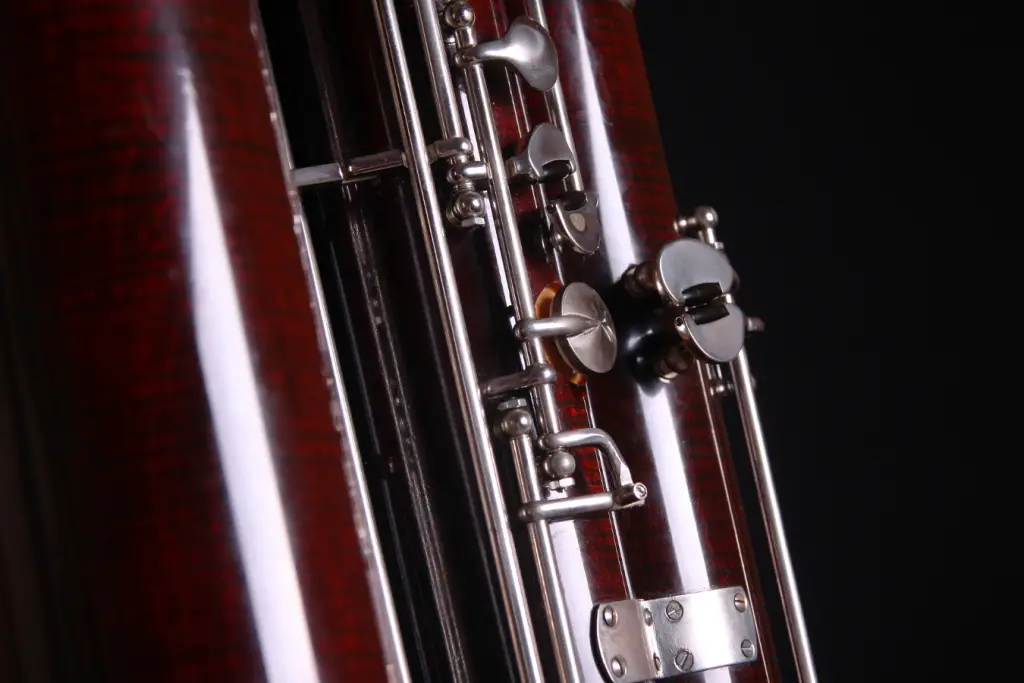The bassoon is a fascinating instrument with a rich history that spans several centuries. From its early predecessors to the modern version used in orchestras today, the bassoon has undergone significant changes in design, construction, and playing technique. Understanding its evolution provides insight into how the instrument has shaped and been shaped by music throughout history.
Early Origins: The Dulcian
- The bassoon’s earliest ancestor was the dulcian, which appeared in the 16th century.
- The dulcian was made from a single piece of wood and had a conical bore with a double reed.
- It was commonly used in Renaissance music and church ensembles.
- Though it had a limited number of keys (usually four), it laid the foundation for the development of the modern bassoon.
The Transition to the Baroque Bassoon
- In the late 17th century, instrument makers sought to improve the dulcian’s playability and tonal range.
- The Baroque bassoon emerged, featuring:
- A four-section (jointed) construction rather than a single piece.
- An expanded key system (up to six keys) for improved chromaticism.
- Greater projection and a more refined sound, making it a key instrument in Baroque orchestras.
- Composers like Antonio Vivaldi and Johann Sebastian Bach wrote concertos and obbligato parts for this version of the bassoon.
The Classical Period: Further Refinements
- By the late 18th century, the bassoon underwent additional changes to keep up with the evolving demands of orchestral and solo music.
- The number of keys increased to eight or nine, allowing for:
- Better intonation and smoother transitions between notes.
- Increased agility in fast passages.
- More dynamic control over the instrument’s tone.
- Wolfgang Amadeus Mozart composed a famous Bassoon Concerto in B-flat major, K. 191, which remains a staple in the bassoon repertoire.
The 19th Century: The Romantic Bassoon
- During the Romantic period, orchestras expanded, and instruments needed to project more sound.
- The bassoon evolved with:
- Additional keys (up to 17) to enhance chromatic possibilities.
- Improved key mechanisms, allowing for faster and more precise playing.
- A more refined bore shape, contributing to a richer, darker tone.
- The Heckel family, a German instrument-making dynasty, pioneered innovations that led to the modern bassoon design.
The Modern Bassoon: Heckel vs. Buffet Systems
The Heckel System
- Developed in the late 19th and early 20th centuries, this system became the standard in most Western orchestras.
- Features:
- 22-27 keys for improved technical flexibility.
- A more even tone across all registers.
- Precision craftsmanship that enhances tuning and projection.
- Most professional bassoonists today use Heckel or Heckel-inspired models.
The Buffet System
- Popular in France and some European countries, this system has unique characteristics:
- A brighter and more flexible sound, often preferred in French music.
- A slightly different key arrangement, making fingerings distinct from the Heckel system.
- Less common than the Heckel system but still in use today.
The Contrabassoon: A Low-Register Cousin
- The contrabassoon was developed in the 18th century and refined over time.
- It sounds an octave lower than the standard bassoon and provides deep, resonant bass notes in orchestral settings.
- Used in works by Richard Wagner, Gustav Mahler, and Igor Stravinsky, the contrabassoon adds dramatic depth to symphonies and operas.
The 20th and 21st Centuries: Innovations and New Materials
- Modern bassoons are still primarily made of maple wood, but some innovations include:
- Synthetic reeds and composite materials for better durability.
- Digital advancements, such as electronic tuners and tone adjustments.
- Ergonomic key designs to accommodate players of different hand sizes.
- Composers continue to explore new uses for the bassoon in jazz, contemporary classical, and even film music.
Conclusion: A Continually Evolving Instrument
The bassoon has come a long way from its humble origins as the dulcian. Through centuries of refinements and innovations, it has become a versatile and expressive instrument, vital to orchestras, chamber ensembles, and even modern music genres. Whether playing Baroque concertos or contemporary film scores, the bassoon remains an essential part of musical history and development.

